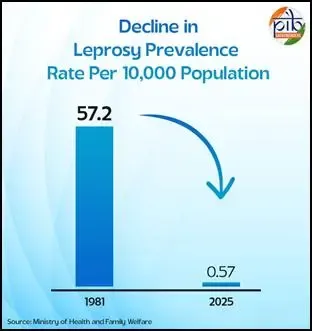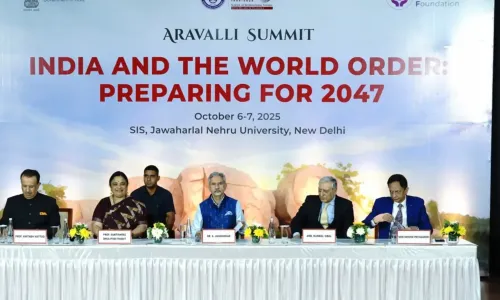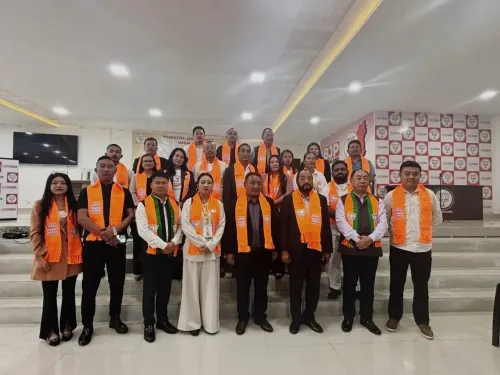Has India Achieved a 99% Decline in Leprosy Prevalence?

Synopsis
Key Takeaways
- 99% decrease in leprosy prevalence in 44 years.
- 98% reduction in cases under treatment.
- Introduction of MDT was a pivotal strategy.
- Achieved elimination status at the national level in 2005.
- Focus on community engagement and timely interventions.
New Delhi, Oct 6 (NationPress) India has achieved a stunning milestone in combating leprosy, experiencing a 99% decrease in prevalence rate per 10,000 individuals, as well as a 98% reduction in the number of cases under treatment over the last 44 years, according to government reports.
An official statement revealed that in 2025, India registered a prevalence rate of 0.57 per 10,000 people, with 0.82 lakh patients receiving treatment. This contrasts sharply with the situation in 1981, when the prevalence rate was 57.2 per 10,000, with 39.19 lakh patients undergoing treatment.
Since March 2006, when the annual report indicated a prevalence rate of less than 1 per 10,000 (specifically 0.84), there has been a notable 37% decrease in new case detections.
Leprosy, also known as Hansen’s disease, is a chronic infectious condition caused by the Mycobacterium leprae bacteria. Symptoms include discolored skin patches, an inability to feel touch, pressure, and pain, muscle weakness, deformities—particularly in the hands, feet, and face—and difficulties in closing eyes and impaired vision.
The transmission of the disease occurs through droplets from the nose and mouth during close and frequent contact with untreated individuals.
A pivotal strategy in controlling the disease was the introduction of Multidrug Therapy (MDT) in 1983, which includes the bactericidal drug Rifampicin and the bacteriostatic drug clofazimine, along with dapsone.
Early diagnosis and treatment with MDT have effectively prevented disabilities and deformities, marking the initiation of the National Leprosy Eradication Programme (NLEP)—a centrally sponsored initiative under the National Health Mission (NHM).
The statement emphasized that the NLEP program is a public health success driven by political will, commitment, and continuous efforts to detect new cases, providing free and uninterrupted access to MDT drugs, timely adherence to global guidelines, and the introduction of revised treatment protocols.
Thanks to the successful execution of NLEP, India achieved elimination status in March 2005 at the national level, meaning a prevalence rate below 1 per 10,000, and has maintained this standard to date.
As of March 2025, the program aims to achieve this goal at the sub-national level, with 31 states and 638 districts having already reached a prevalence rate below 1 per 10,000.
Leprosy screening has been incorporated into initiatives such as Ayushman Bharat Yojana, Rashtriya Bal Swasthya Karyakram (RBSK), and Rashtriya Kishore Swasthya Karyakram (RKSK) for both adult and child screening.
NLEP aligns with the National Strategic Plan and Roadmap for Leprosy 2023-2027 and the WHO Roadmap for Neglected Tropical Diseases 2021-2030, with the goal of interrupting leprosy transmission by 2030.
The statement highlighted that as India edges closer to its goal of zero transmission, ongoing political commitment, adequate funding, and active public participation will be crucial.









